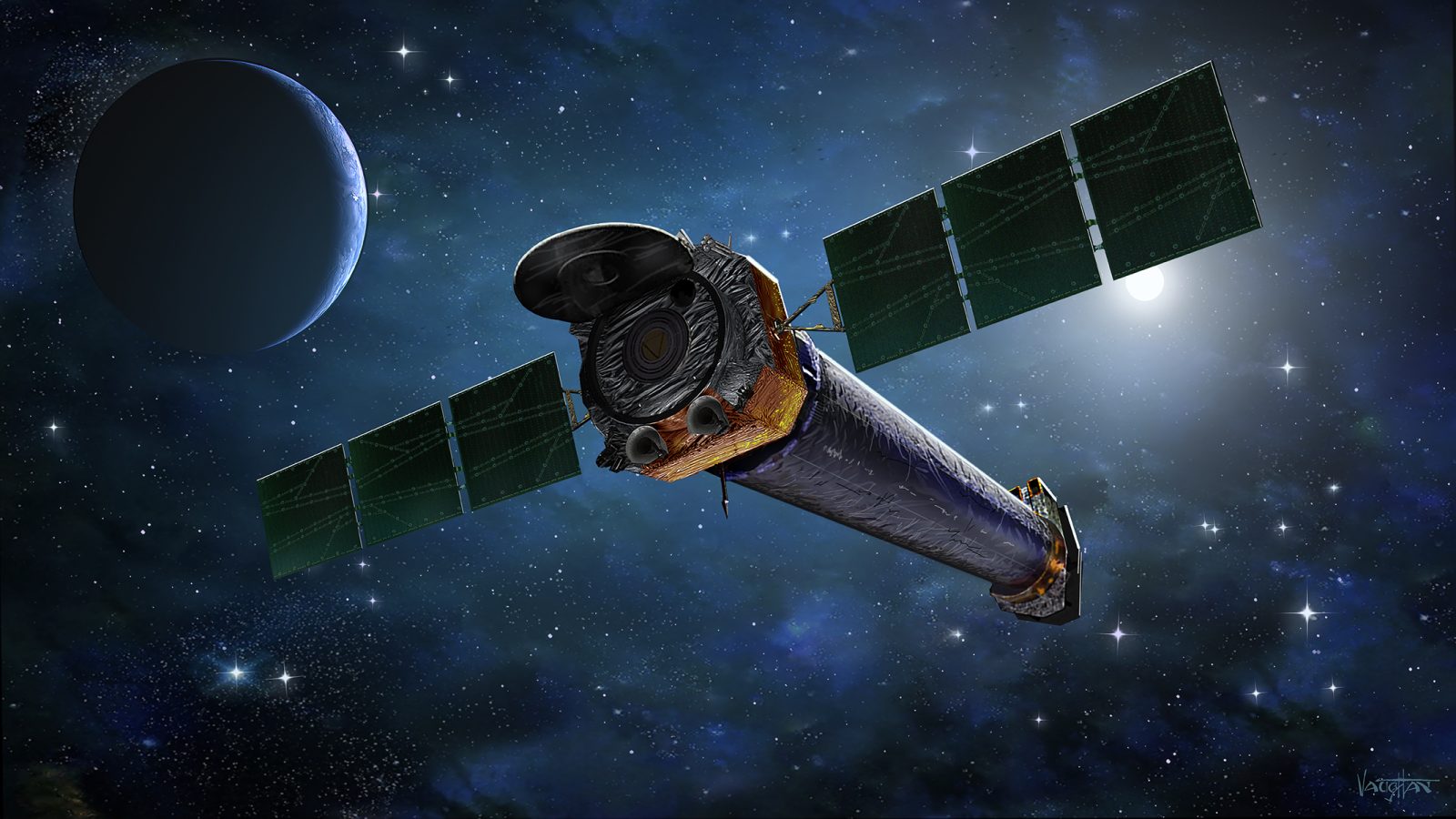
If the James Webb Space Telescope had a resume, the very first quality of it would read “Works well with others.” Webb already stunned the world when its first pictures were released earlier in 2022. Then the world’s minds were blown again when images from Webb were combined with images from the Hubble Space Telescope. Now, JWST has made another friend: the Chandra X-Ray Observatory.
Named after Nobel prize-winning physicist Subrahmanyan Chandrasekhar, the Chandra X-Ray Observatory was launched on STS-93 in July of 1999. Chandra was the largest satellite ever deployed by a space shuttle and was the heaviest payload that Columbia ever carried. This was also the same mission that saw the first-ever female shuttle commander, Eileen Collins.
On its own, Chandra doesn’t usually provide stunning pictures like other telescopes can. It was designed to observe the universe in the X-Ray spectrum and see things that we wouldn’t be able to see with the naked eye. For astronomers, that’s fine, since the details are in the data. But astronomers and the rest of humanity still enjoy pretty pictures.
This actually isn’t the first time Chandra’s images have been combined with another telescope’s. Take, for example, Abell 370. Abell 370 is a pretty densely packed galaxy cluster. The first image below is what it looked like to the Hubble space telescope. When Chandra looked at the same region of space, it saw a cloud of gas that envelops the cluster (second image). With the power of the two telescopes combined in the third image, not only do we get a more striking image, but we can also see at a glance of what else exists alongside those galaxies!
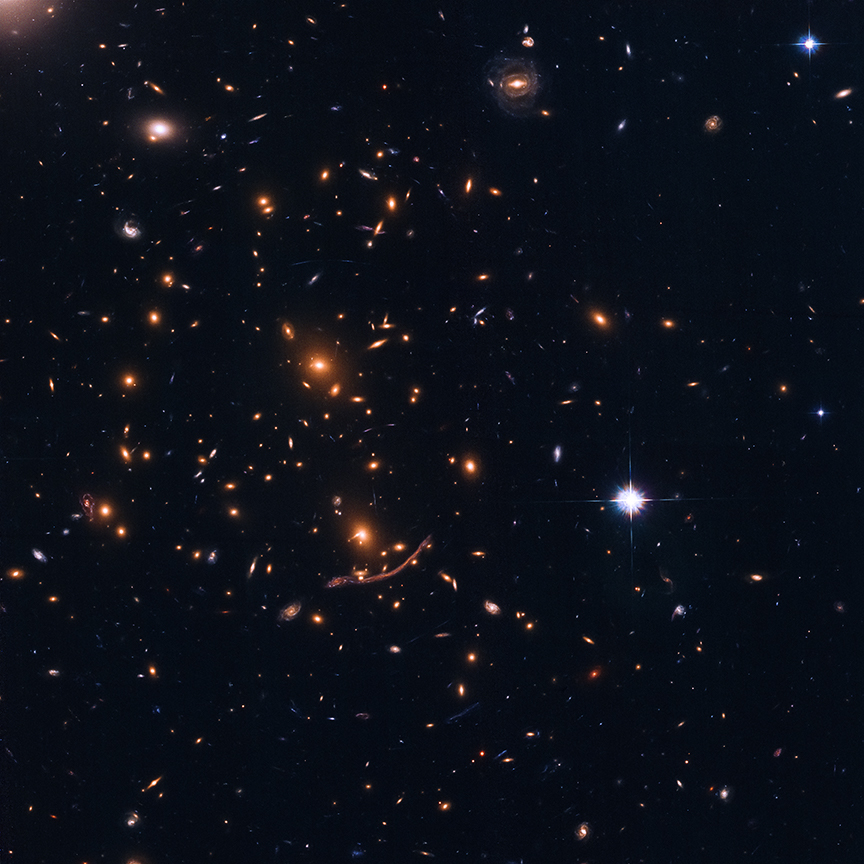
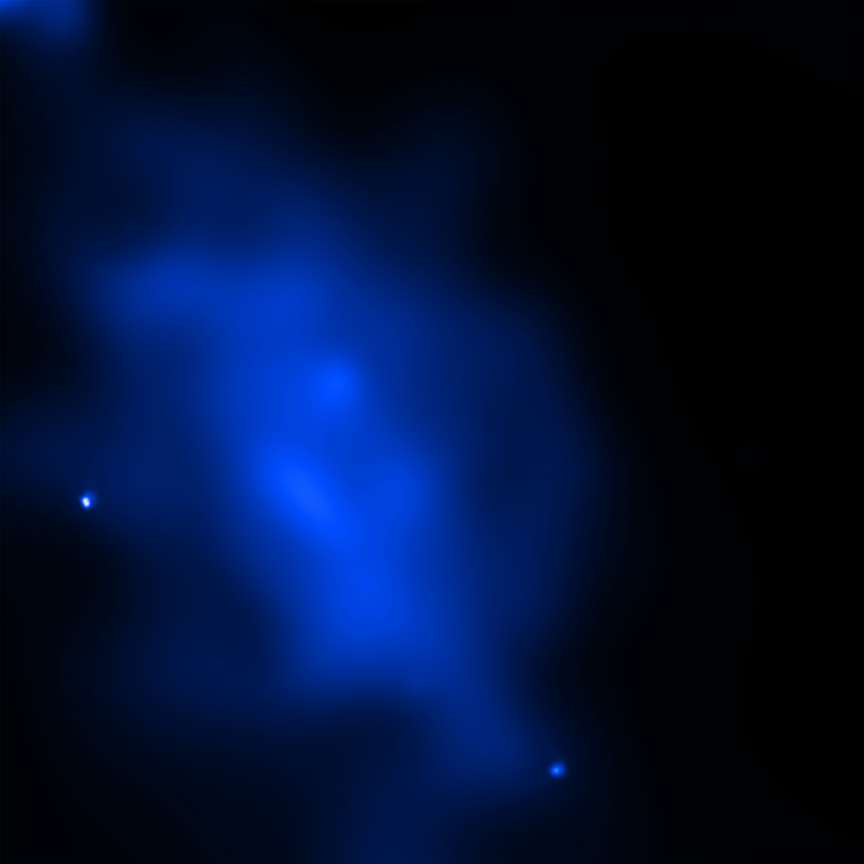

With the successful launch and deployment of the James Webb Space Telescope, there are plenty of new partnerships to explore. We’ve already seen Webb’s amazing first images and the team effort of Webb and Hubble. Now it’s Chandra’s turn to team up with NASA’s newest crown jewel. And they didn’t disappoint.
Recently, images were released of four different targets in the night sky: Stephan’s Quintet, The Cartwheel Galaxy, SMACS J0723, and the Carina Nebula. These were some of Webb’s first observations.

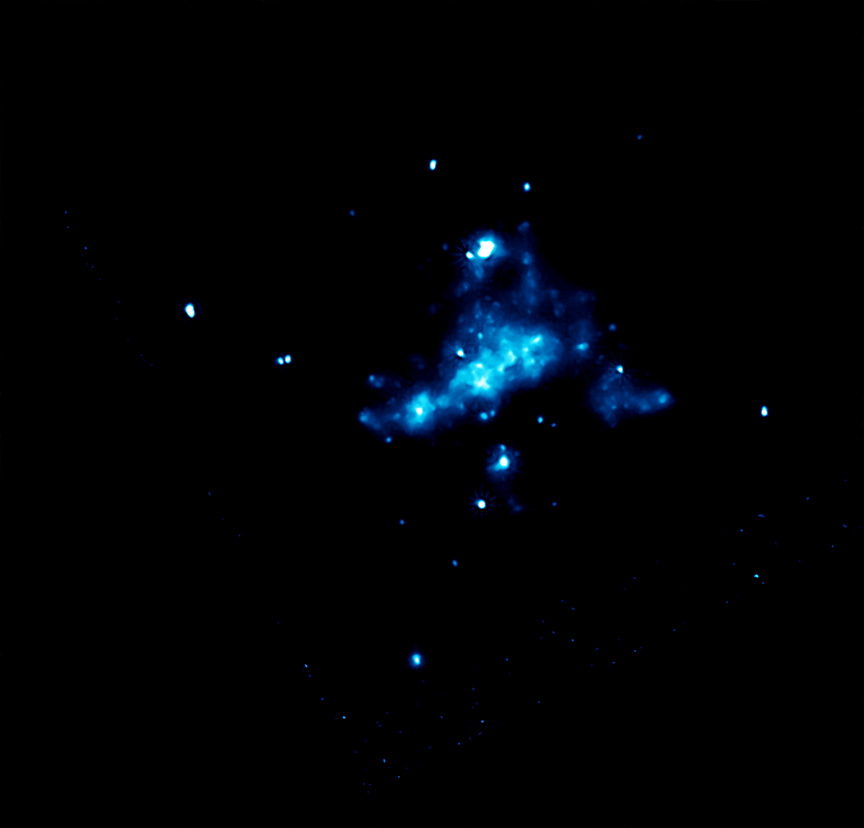

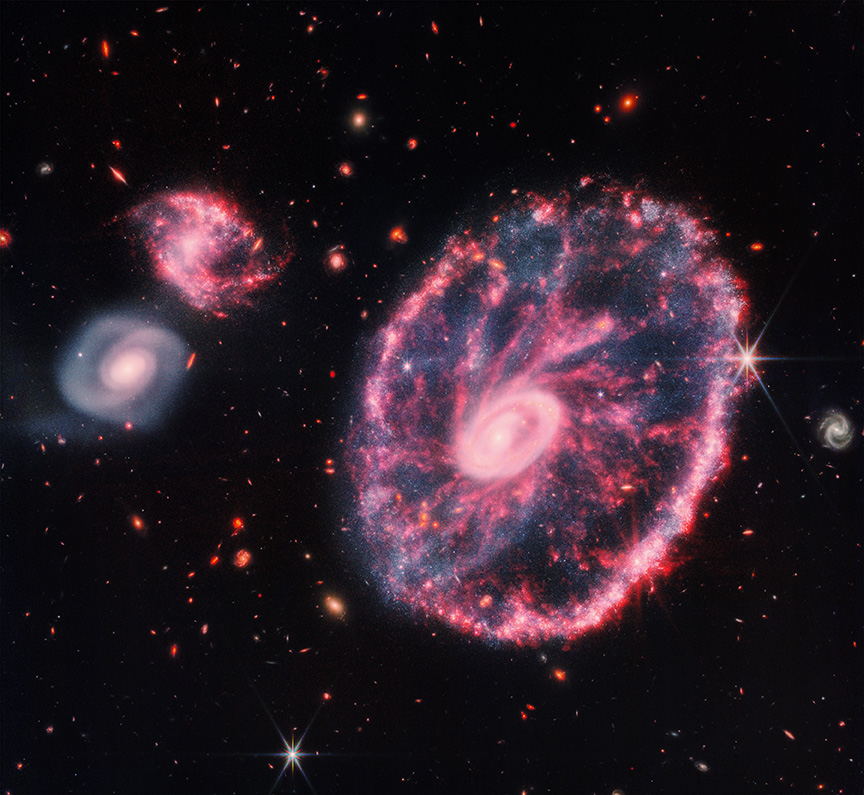
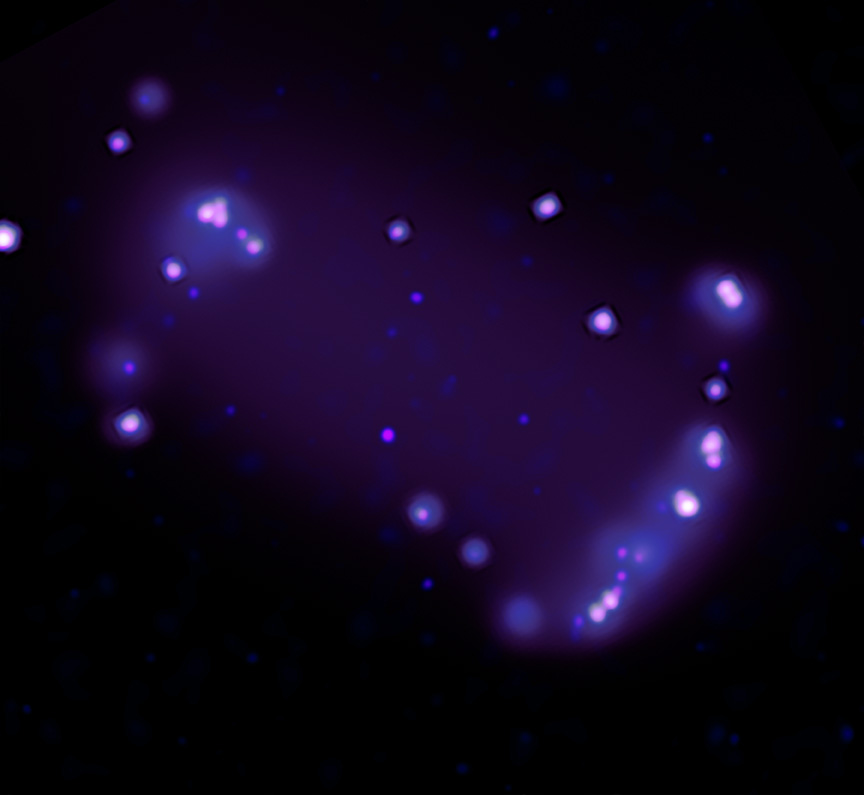

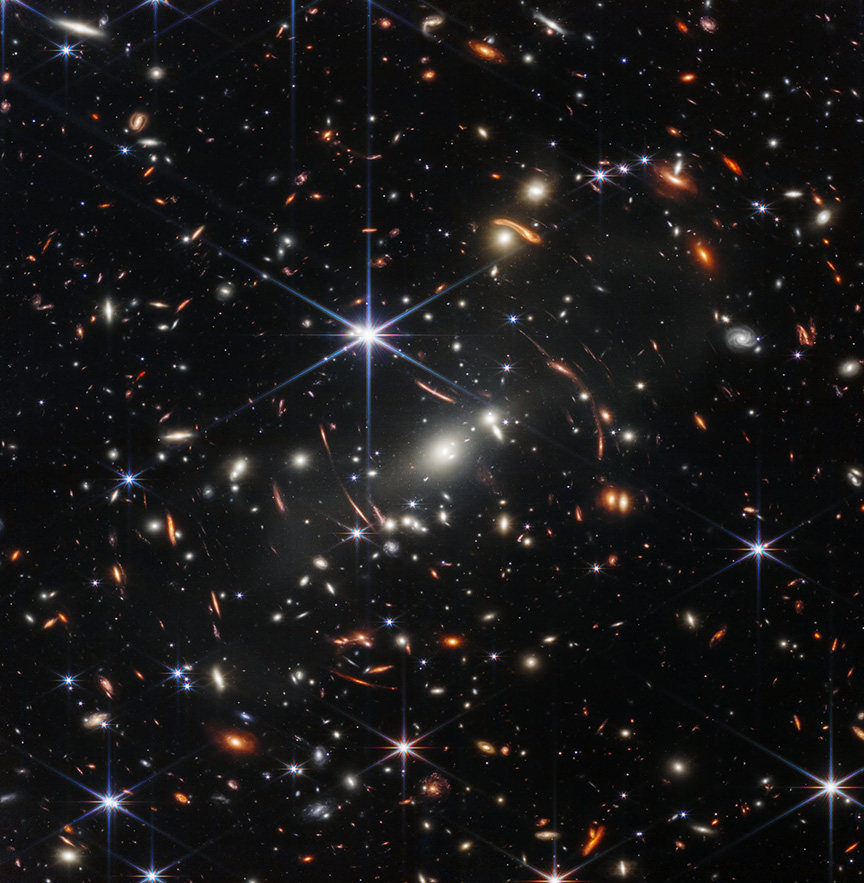
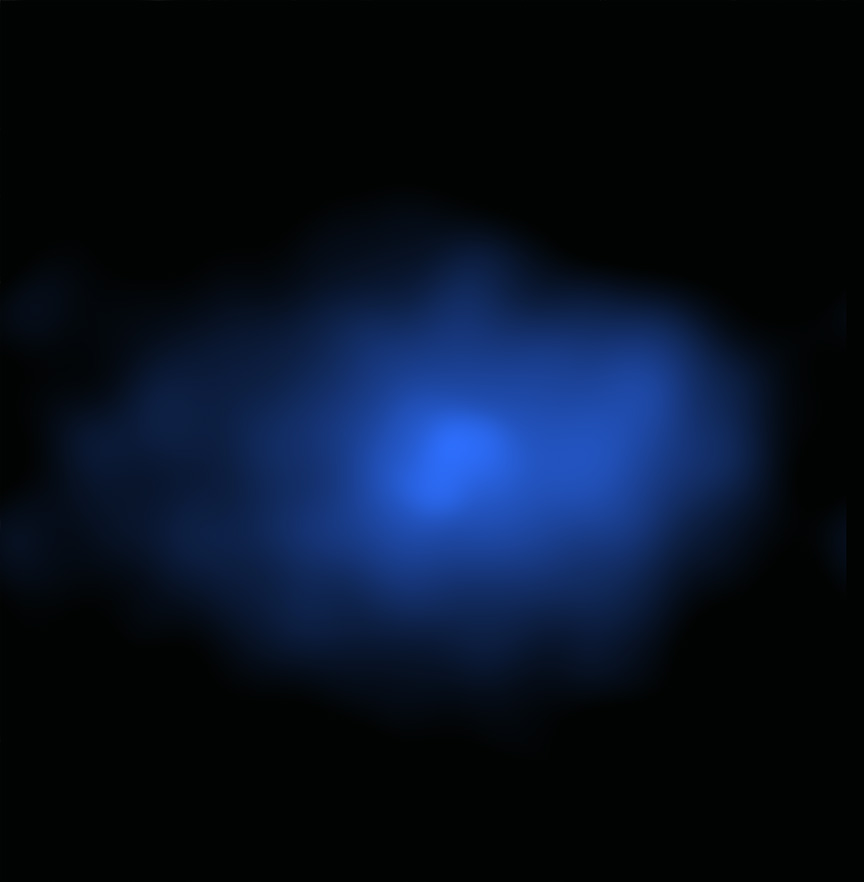
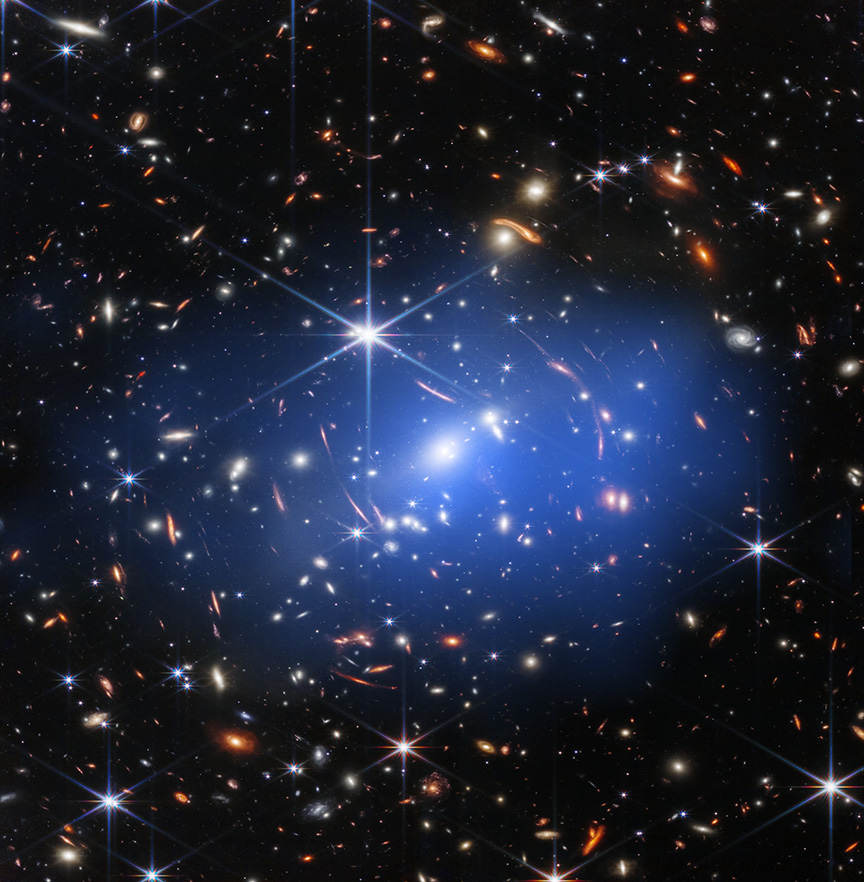
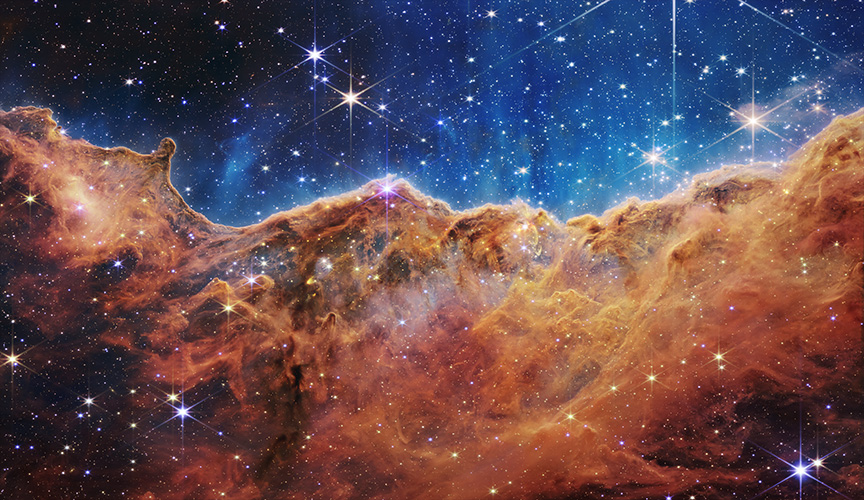


Over to Chandra’s website they provide more technical details about each image.
The great thing about these collaborations is that both telescopes are free to continue doing whatever their scientists want and don’t need to perform their observations at the same time. In fact, Chandra had already observed these targets well before Webb, and hasn’t been back to them since. But there is still great value in the combined efforts of their work. It’s about more than just a pretty picture.
FTC: We use income earning auto affiliate links. More.




Comments